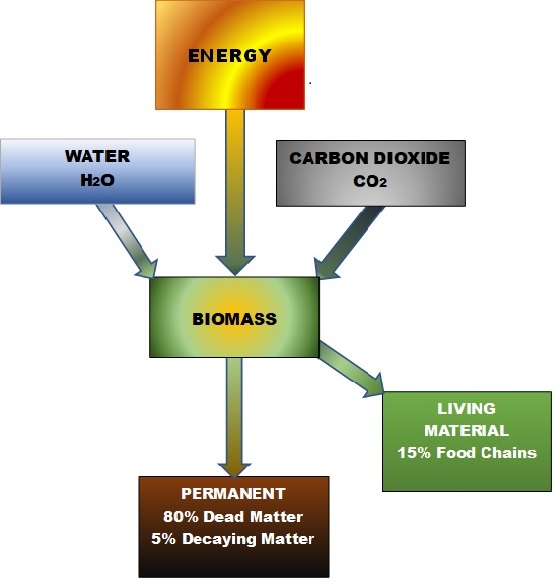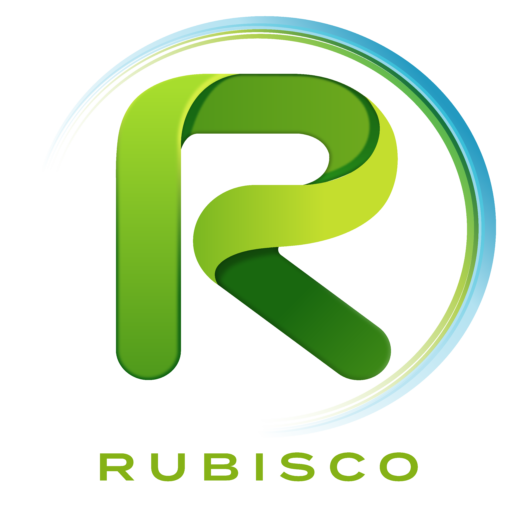GLOBAL WARMING – THE DISEASE
This is the “disease” affecting the future of the World’s climate, environment, fauna, flora, and economy.
It is proposed that by removing the high levels of carbon dioxide from the atmosphere that the symptomatic rise in global temperature will be reduced.
GLOBAL WARMING -THE DISEASE
World Health Organisation
Key facts from the WHO identifying the effects of climate change on health and disease.
Climate change affects the social and environmental determinants of health – clean air, safe drinking water, sufficient food and secure shelter.
Between 2030 and 2050, climate change is expected to cause approximately 250,000 additional deaths per year, from malnutrition, malaria, diarrhoea and heat stress.
The direct damage costs to health (i.e. excluding costs in health-determining sectors such as agriculture and water and sanitation), is estimated to be between USD 2-4 billion/year by 2030.
Areas with weak health infrastructure – mostly in developing countries – will be the least able to cope without assistance to prepare and respond.
Reducing emissions of greenhouse gases through better transport, food and energy-use choices can result in improved health, particularly through reduced air pollution.
The Intergovernmental Panel on Climate Change
The IPCC is the United Nations body for assessing the science related to climate change.
An IPCC special report on the impacts of global warming of 1.5 °C above pre-industrial levels and related global greenhouse gas emission pathways, in the context of strengthening the global response to the threat of climate change, sustainable development, and efforts to eradicate poverty. The translations of the SPM and other material can be downloaded from this link
RubisCO Climate Vaccine®
The Cure
Rubisco Climate Vaccine® – XP1
The location for the dose the amount, its constituents for each inoculation is governed by threshold values of temperature, atmospheric pressure, humidity, diurnal light period and intensity and predicted weather patterns that will enable optimised replication efficacy over the period.
The methods of technological deployment of the inoculation are controlled to enable the inoculation to be deployed at the optimal threshold parameters.
RubisCO’s Deployment Solutions XP2 & XP3
The RubisCO cure concentrate on reducing carbon dioxide by controlled and increasing direct capture, working in predictable controlled harmony with natural environmental cycles to aid the replenishment of life giving oxygen, reduction in water vapour and consequent cooling of the atmosphere
COMBUSTION
Fuel + O2 → CO2 + H2O + Heat Energy
Simple fact when we burn a fuel
in air we produce Carbon Dioxide
BUT………..
we need to consider
both sides of the equation
EFFECTS OF COMBUSTION
If we only consider the greenhouse effect of human origin, sometimes called “additional” greenhouse effect (because it goes on top of the natural one), or anthropic greenhouse effect, the relative importance of each gas is totally different.
Whilst we maintain the focus on anthropic Carbon Dioxide emissions from combustion of fossil fuels we tend to neglect the effect of OXYGEN depletion and the effect of the largest contributing greenhouse gas, WATER VAPOUR.
RubisCO’s Solutions
Capture carbon dioxide to reverse the effects of combustion
OXYGEN
Models of past eras show that oxygen can influence global temperature and humidity as its concentration changes
Atmospheric Oxygen Levels graph displays earth’s atmospheric oxygen levels from 1991 up to the present.
Even though oxygen is not a heat-trapping greenhouse gas, its concentration in our atmosphere can affect how much sunlight reaches the ground, and new models suggest that effect has altered climate in the past.
Oxygen currently makes up about 21 percent of the gases in the planet’s atmosphere, but that level hasn’t been steady over Earth’s history. For the first couple of billion years, there was little oxygen in the atmosphere. Then, about 2.5 billion years ago, oxygen started getting added to the atmosphere by photosynthetic cyanobacteria. “Oxygen is produced as a waste product of photosynthesis. It is consumed through respiration,” explains University of Michigan climate scientist Professor Chris Poulsen, lead author of the study published in “Science” in which he states,
“Reducing oxygen levels thins the atmosphere, allowing more sunlight to reach Earth’s surface,” explains Poulsen. More sunlight lets more moisture evaporate from the planet’s surface, which increases humidity. Because water vapor is a greenhouse gas, more heat gets trapped near Earth’s surface, and temperatures rise. The increased humidity and temperature also leads to increases in precipitation. By contrast, when oxygen concentrations are higher, the atmosphere gets thicker and scatters more sunlight. As a result, there is less water vapor to trap heat.
RubisCO’s Solutions
Return original Oxygen back into the atmosphere
WATER VAPOUR
On The Daily Conversation Channel Dr. Jennifer Francis, climate scientist, explains the impact of the most abundant GHG (You Tube video TDC)
Water vapour is Earth’s most abundant greenhouse gas. It’s responsible for about half of Earth’s greenhouse effect — the process that occurs when gases in Earth’s atmosphere trap the Sun’s heat. Greenhouse gases keep our planet livable. Without them,
Earth’s surface temperature would be about 59 degrees Fahrenheit (33 degrees Celsius) colder. Water vapour accounts for 60-70% of the greenhouse effect while CO2 accounts for 25% —a notable difference when numbers alone are compared.
It would seem then that water vapour should be climatologists’ primary focus. However, water vapour cannot be controlled by human intervention; it is simply a product of its environment. As the atmospheric temperature rises, more water is evaporated from ground storage, such as that found in our rivers, oceans, soils, and reservoirs. The released water vapour becomes a greenhouse gas where it then absorbs more energy radiated from the Earth and thus warms the atmosphere. The warmer atmosphere results in further water evaporation and the cycle continues.
SEQUESTRATION – Prevention of GHG Re-Infection
Detail has to remain protected as it is contained in the intellectual property of the patent filings. However, RubisCO Limited assures that sequestration is thoroughly considered and vital for the long term prevention of a release of GHGs back into the atmosphere.
Sequestration by either of RubisCO’s two controlled deployment methods is carbon negative, safe and non-toxic, enhances biodiversity, has no negative impact on global sea levels and is 100% natural and long term.
Sequestration withholds the carbon element and energy in biomass both in living natural food chains and locked away permanently for 1000s of years in necromass and decaying matter.

